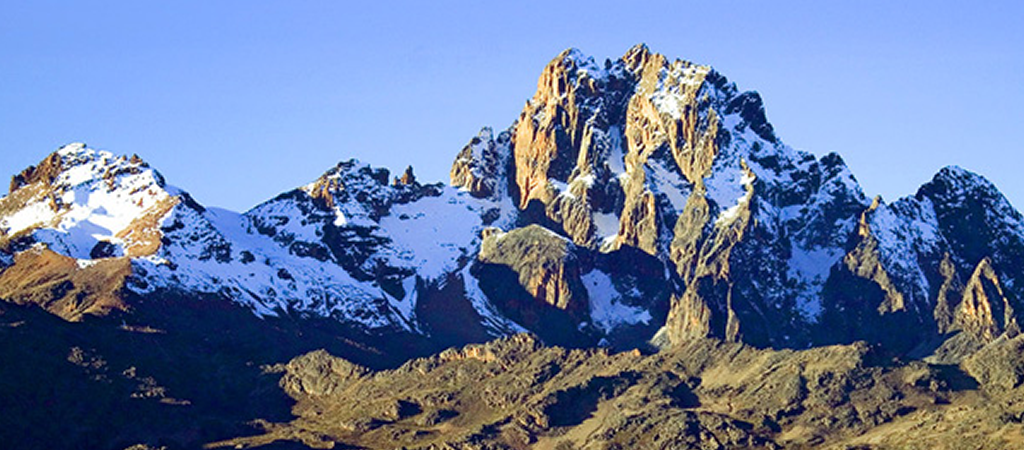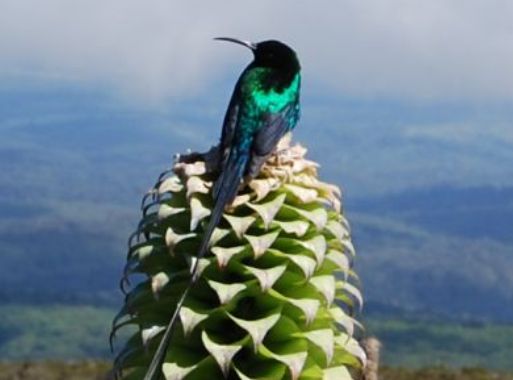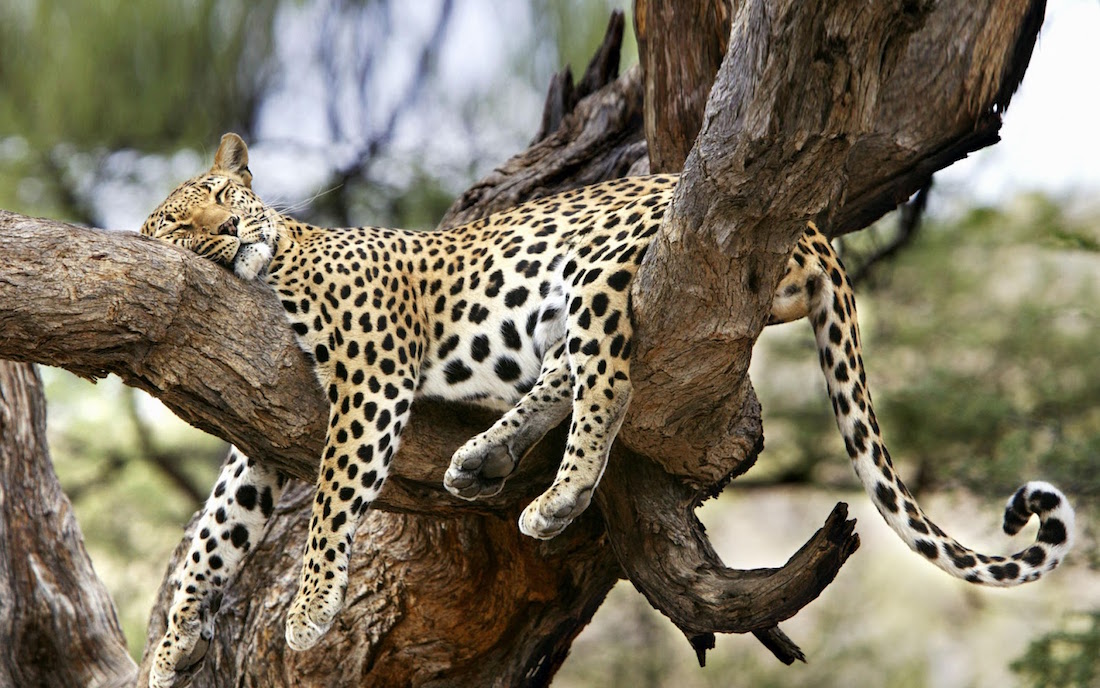
No Picnic on Mount Kenya
Felice Renuzzi
Howard Curtis, Translator
(MacLehose Press)

No Picnic on Mt. Kenya tells of three Italian inmates who decide to climb Mount Kenya in 1943, escaping from their prison - - - P.O.W. camp 354 to do so. Mount Kenya is the highest mountain in Kenya and, at over 17,000 feet, the second-highest in Africa, after Kilimanjaro.The prison camp was conveniently located there at the base of the mountain. The three spent five months preparing by sewing the appropriate clothes and collecting mountain-climb stuff which they hid under their beds, prohibited items that were never spotted by their guards. What?
When I read "P.O.Ws" and "prison" and "WWII" I was expecting the worst, but this English prison - - - Akaki jail - - - was in Kenya, near the town of Nanyuki.
The ostensible purpose of these camps was to hold captured soldiers from the newly defeated Ethiopia, Italian Somaliland, and Eritrea - - - those who had served with the Africa Orientale Italiana.
As a side show to WWII, the battles in the East African Campaign - - - 1940 - 1941 - - - were desultory affairs. The Italian soldiers were no match for the colonial soldiers of the English, those who seemed more willing to fight for their conquerers. These were men brought in from British East Africa, British Somaliland, British West Africa, the Indian Empire, Northern Rhodesia, Nyasaland, Mandatory Palestine, South Africa, Southern Rhodesia and Sudan.
The Italian soldiers were mostly disinterested. They fought with some reluctance, appreciating the food and the miserly pay, but reluctant to give their lives to help those who had invaded them so recently in what was Mussolini's effort to build a "New Roman Empire."
Apparently, when the 200,000 Regio Corpo Truppe Coloniali of Italian-occupied Abyssinia (Ethiopia), Italian Eritrea and Italian Somaliland had the opportunity to surrender to the English, few would refuse. It meant food and being locked up in a tranquil environment - - - nothing like being hauled in by their "allies," the Japanese or the Germans. The captors were English who apparently didn't seem to have any need to starve, beat, or punish their wards. The guards were all black, mostly Kikuyu, and evidently would do almost anything for a couple of cigarettes.

By the time of this peculiar expedition in 1943, most could see the way wind was blowing. That was when Felice, Giuàn and Enzo decided to escape. And? Not to run away to Mozambique? Nope. Because they were bored they decided to take a prison holiday for two or three weeks to climb Mount Kenya, the part called Batian - - - some 17,000 feet up.
So we get to follow them as they build the necessaries for their short trek - - - climbing boots, crampons, pitons. They would also borrow enough food from the prison kitchen to take them all the way up the north face. And what woud they get? Well, the chance to hike three miles to the top of the mountain to be able to look down on Camp 354 from the snow fields; and then, once they had planted their flag (the pole on which to mount the flag was one of their chief carry-on items), to follow the Nanyuki River back to the town and voluntarily reënter the camp. They figured from the experience of other escapees that the baffled camp chief would but commit them to do 28 days of penalty time.
This was standard punishment for run-aways: 28 days in the bad boys hut. And we find that by the time they arrive home to rejoin the other captives, they are so sleep-derived and hungry that they virtually break into jail by force, thinking of all the rice, beans, and baked plantains awaiting them.
It is a merry chase, except that no one wants to chase them. The reason that the authorities were not all that concerned was because few cared, and for each prisoner that the Kikuyus caught and returned to confinement, they would be paid ten shillings. Which in Kenya at the time was considered to be a small fortune.
Before the expedition is mounted, Renuzzi details the goods that they will be toting with them, which sounds less like weekend backpack stuff and more like what you would need for an assault on Everest. It included rope, a sleeping bag, tent, tent poles, water bottles, cooking pots, shoes and "torches" (flashlight). Also sunglasses, candles, vests, jerseys, needles, thread, climbing boots, plus-fours, puttees and a cap "with peak and earflaps."
And food - - - rice, oatmeal, corned beef, chocolate, "sweet biscuits," brandy, sugar, powdered milk, forty hard-boiled eggs and gack, that awful Bovril (much beloved by the English, but for the rest of us, notable for its redolent flavor of frogwort and mouldy spawn).
The final companion to transport:
At the very bottom of my rucksack was a black beetle, one of the thousands and thousands which infested our barracks and which we knew by their Somali name, barambara. This specimen evidently wished to take part, incognito, in the ascent of Mount Kenya. For his daring he met death under my boot sole. "No useless weight," commented Enzo.

I am trying to imagine three POWs, in any other prison camp in the world, being able, while under lock and key, to put together such a rich collection of equipment and foodstuffs - - - to be able to go on an mountain outing so nicely outfitted. Is this Renuzzi putting us on?
In addition, one is bemused by the sheer difficulty of their chosen journey. The river with its rampaging waters and slippery stones; the forests of bamboo which, grabbed for support or to pull . . . fell, and "in falling they tried to strike the head or one or other of us, a joke which they seemed to enjoy because it happened too frequently for our taste."
Other plants, preferably thorny ones, or heaps of dead leaves and twigs and such-like rubbish of the forest would be dragged down with them. For a while, we just clung to our handholds, helpless and immobilised by our rucksacks, and everything came over us like an avalanche.
Then there were the creatures. Elephants. Leopards. The most dangerous of them all - - - the rhinos. "On the roads in the district around Mount Kenya there were posters reading BEWARE OF RHINO." When they come across one at the river on day four, they stop and wait for what seems like hours. "Thoroughly bored. We can't wait till evening, roosting here. Or did we escape from the British to become prisoners of a rhino."
Then there is the mysterious animal who made very peculiar cries. "A horrid creaking noise rose not far from us, and it made me shiver. It was repeated more and more shrill, rising to a crescendo and breaking up abruptly in a gargling cry as though someone was being strangled. We listened aghast." Turns out it was a tree hyrax, Dendrohyrax, who perches in the trees, is a relation of the elephant and the sea cow(!), "although no bigger than a rabbit."
Wikipedia tells us that their call is a distinctive territorial call that starts with a series of loud measured cracking sounds, sometimes compared to "a huge gate with rusted hinges being forced open." This is then followed by a series of "unearthly screams," ending in a descending series of expiring shrieks . . . On average there are two peak calling periods per night. Times vary, but the first period is often 2 to 3 hours after dark, and the second at some point after midnight.
But there were compensations, lovely visitors outside of rat-like miniature sea elephants. High up in the upper plains, the three ran into a swarm of butterflies, as big as the palm of one's hand, velvety black with blue stripes, and they had tails like a swallow. I believe they were Papilio Nireus but I do not know if they were a migrating swarm or if they had come to together by chance on this sunny rock in the stream-bed.
Then there was the flora of the river,
some shining like flames against the dark background, others hanging pendulous like bunches of grapes toward the water; the yellow swords of gladoli; bellflowers seeming to wait for some fairy to ring them; pale pink or ochre-striped orchids and thistles with monstrous purple heads.
And finally, the view from their destination, the peak at Lenana, where they promptly planted the Italian flag. "At our feet lay Nithy Valley between two gentle slopes dotted with rocks and groundsels and showing several shimmering pools and, further down, . . . two dark ridges protruded looking like whales among the waves. I believe they were Mount Ithungani and Mount Fangani.
The eastern face of Batian presented a totally different but an equally beautiful sight. It was an unbelievably bright yellow ochre in colour. Any painter portraying it would be blamed for exaggeration, but perhaps no painter in the world could reproduce this yellow.
As they reluctantly turn to go back down, they find a present, one left by a previous visitor to Lenana: "a pair of sunglasses with the once white glaze refractor yellowish and weather-stained."
The owner of these glasses was not popular with us. Instead of blessing him for losing something which might have been of use to us - - - as a rule everything is of some use to a P.O.W. and the exceptions to this rule have still to be found - - - we blamed him for having lost only his glasses. Could he not have mislaid, for instance, a tin of sardines or some meat or cheese? We should have devoured it on the spot, as in the "refrigerator" at 16,000 feet it would have kept for several years.